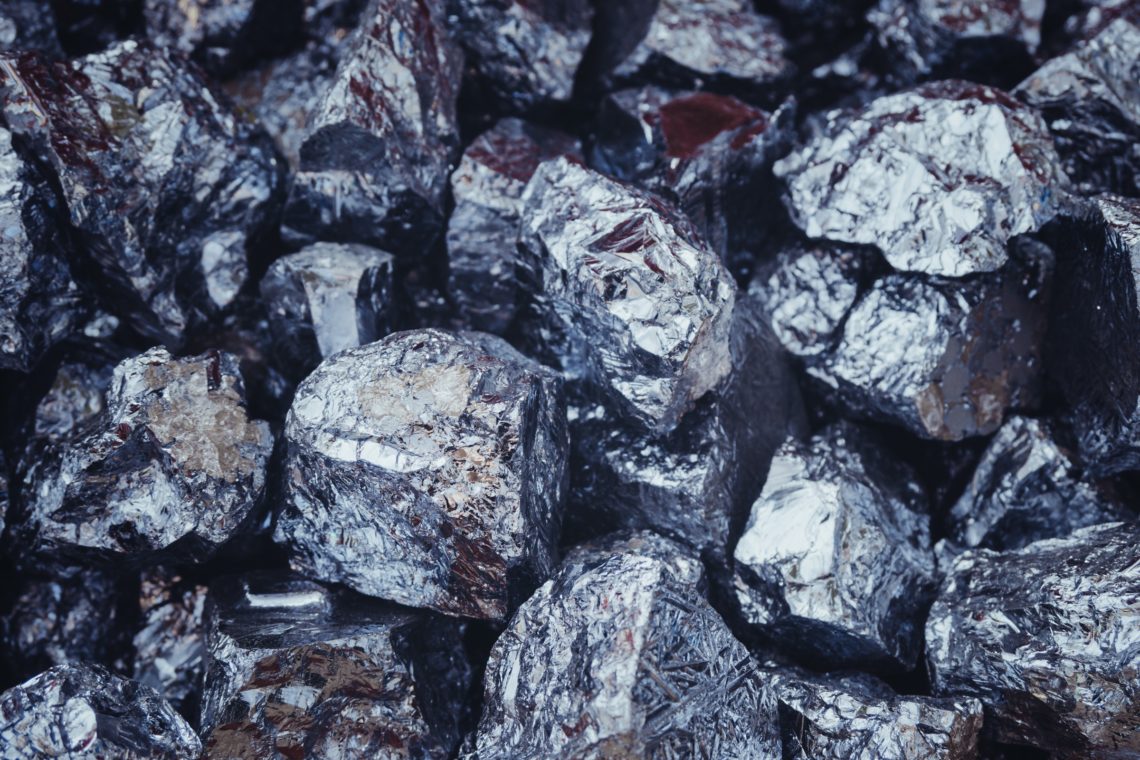We’re always learning more about our planet. From figuring out where life on Earth originated to exactly what lies beneath the Earth’s surface, there’s plenty we still don’t know about our little floating rock. However, researchers have found another piece of the puzzle recently with the cataloguing of three new minerals never before recognized by scientists.
The minerals in question are known as raydemarkite, virgilluethite, and stunorthropite. They’re just three of the 5,998 minerals we currently know about on Earth. While it might not seem like that big of a deal, it actually is. We’re always adding new species of animals to the animal kingdom, but mineral families are a lot harder to come by.
So, the discovery and cataloguing of three new minerals at Cookes Peak in New Mexico is a huge deal for geologists. Each of these minerals has a distinct look from each other, with raydemarkite sporting a colorless needle appearance that usually only measures around a millimeter long. It’s also flexible enough to bend without breaking.
On the other hand, virgilluethite is more yellow and green, and it forms in little plates that grow larger than other crystals around them. Finally, stunorthropite has a milky, blade-like appearance, which can sometimes replace the yellow mineral sidwillite. The minerals are all named after New Mexicans who have devoted their lives to studying the geology of the area.
Despite not seeming like a huge deal to most people, the discovery of new minerals is a massive leap for geologists. Each yeah, the International Mineralogical Association’s Commission on New Minerals, Nomenclature and Classification handles around 100 proposals. Even when accepted, though, a new mineral may only exist at one site.
But the discovery of new minerals, even those that only form in one area, helps geologists understand the nature of how these crystalline items form. And those that are found in more than one area open the door for more research into whether they can work for use in sensors, batteries, and more. It’s also worth noting that some minerals found in the wild, like raydemarkite and virgilluethite, have been synthesized in labs over a century ago.
But this is the first time they’ve been catalogued in the wild, having formed naturally. Not only does it provide more data to work with, but researchers found that these minerals actually behave differently in the wild than in the lab, providing even more questions for them to answer. The research is published in two papers featured in The Canadian Journal of Mineralogy and Petrology.
The post Researchers found three minerals never before catalogued on Earth appeared first on BGR.




